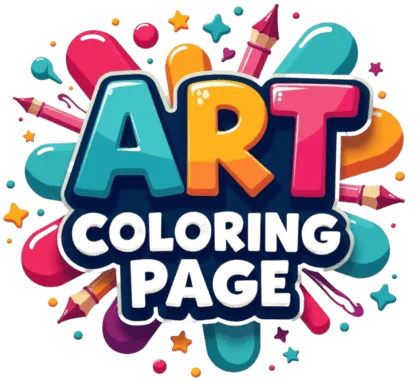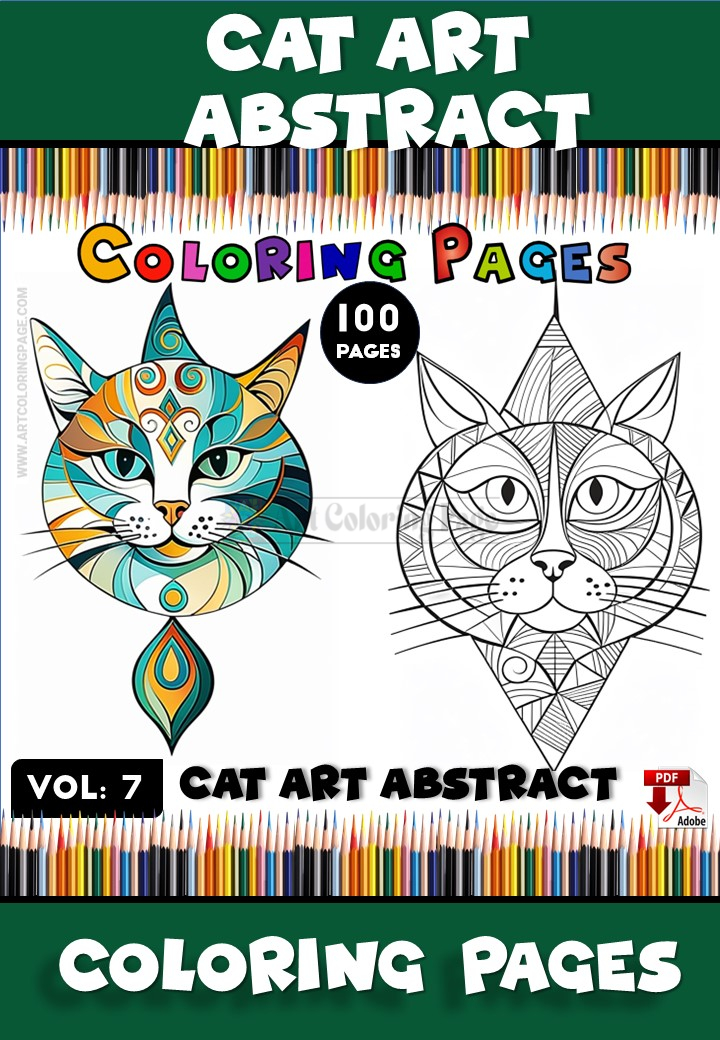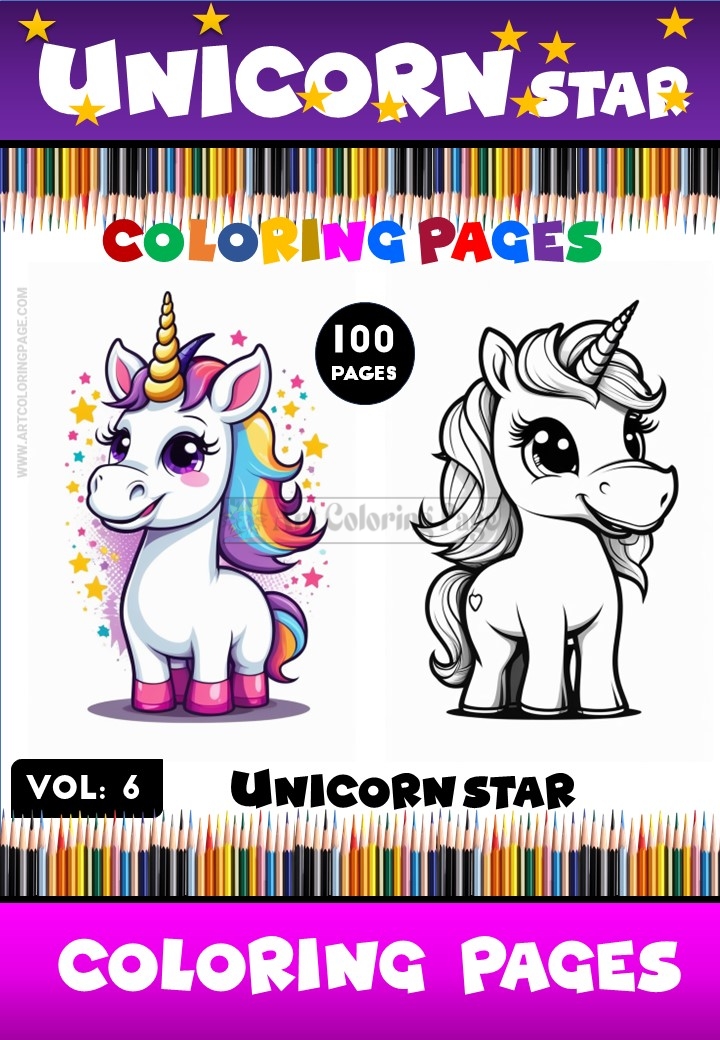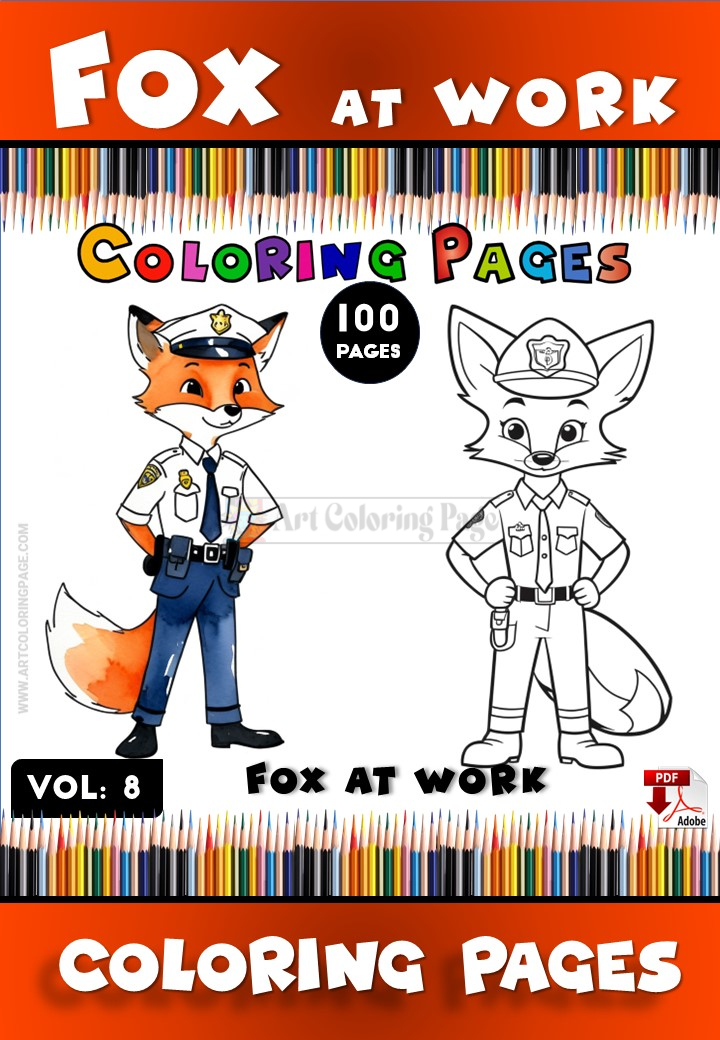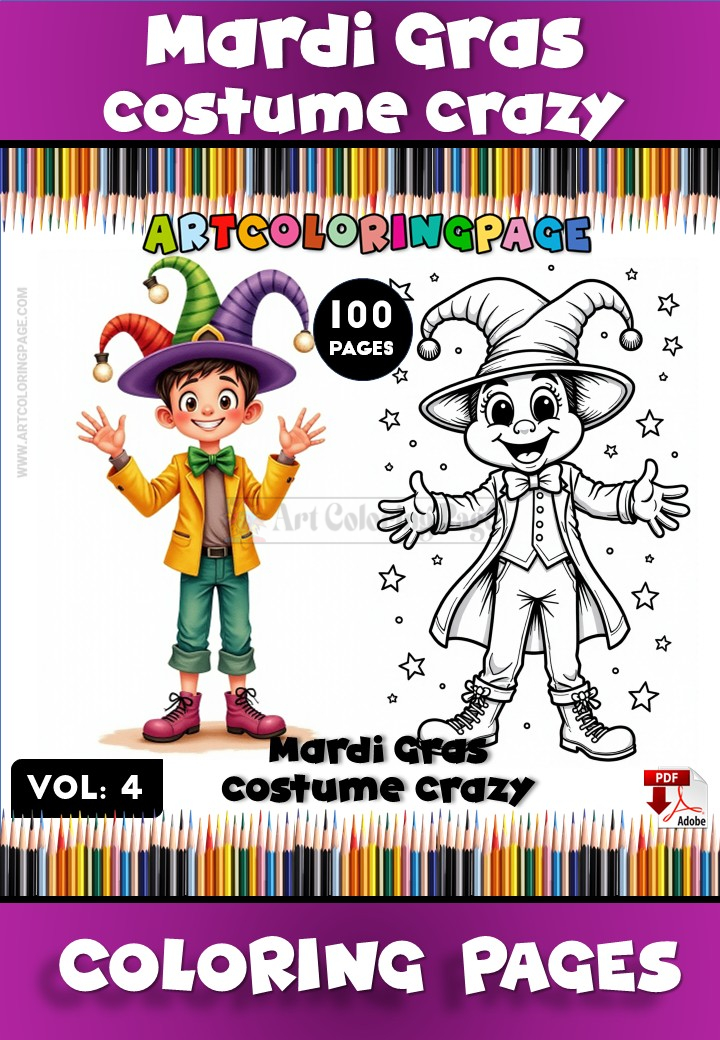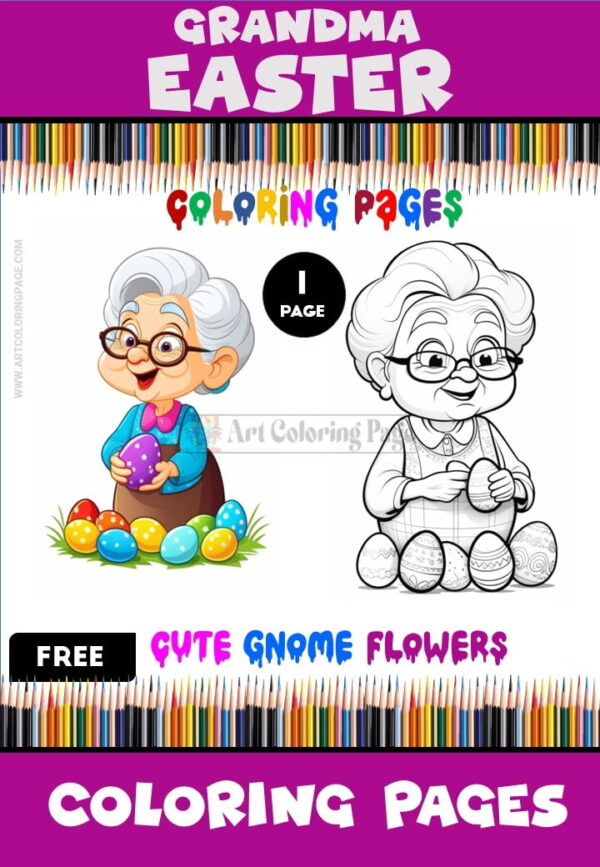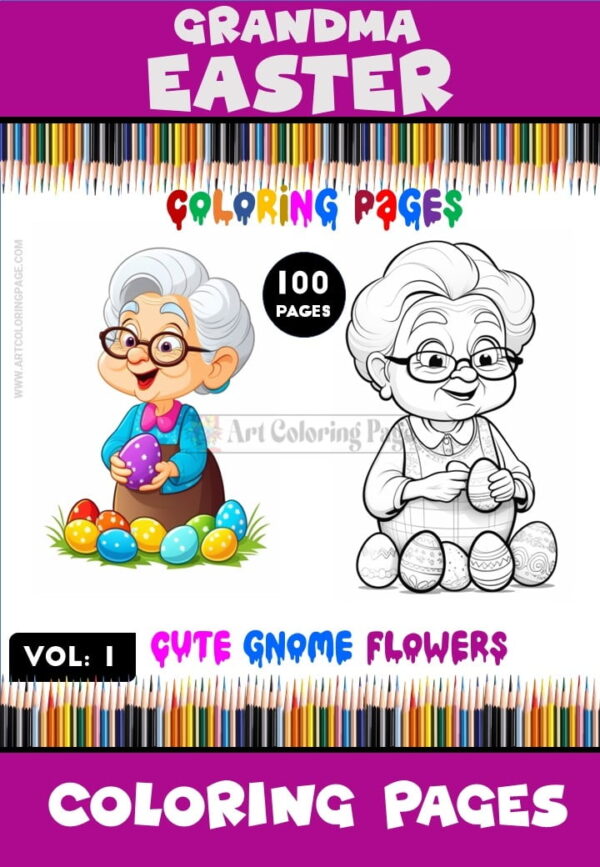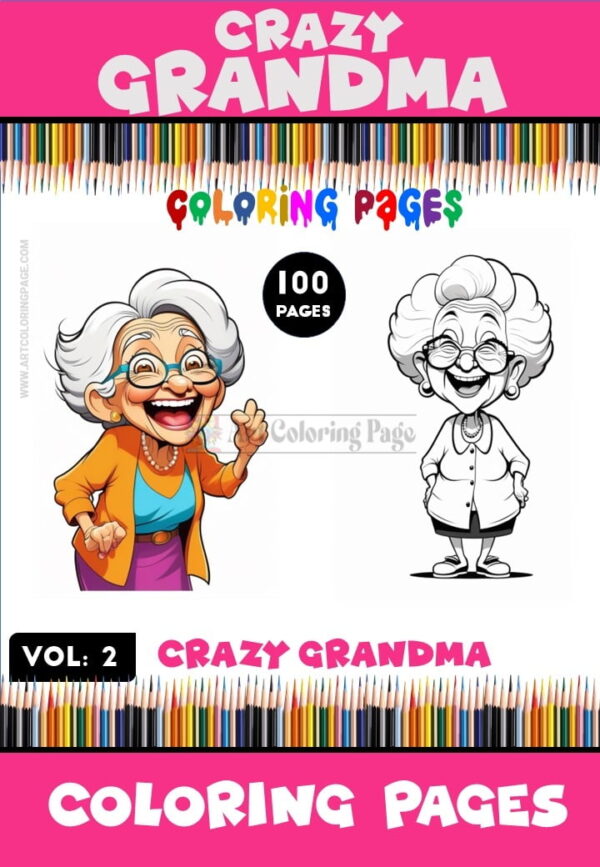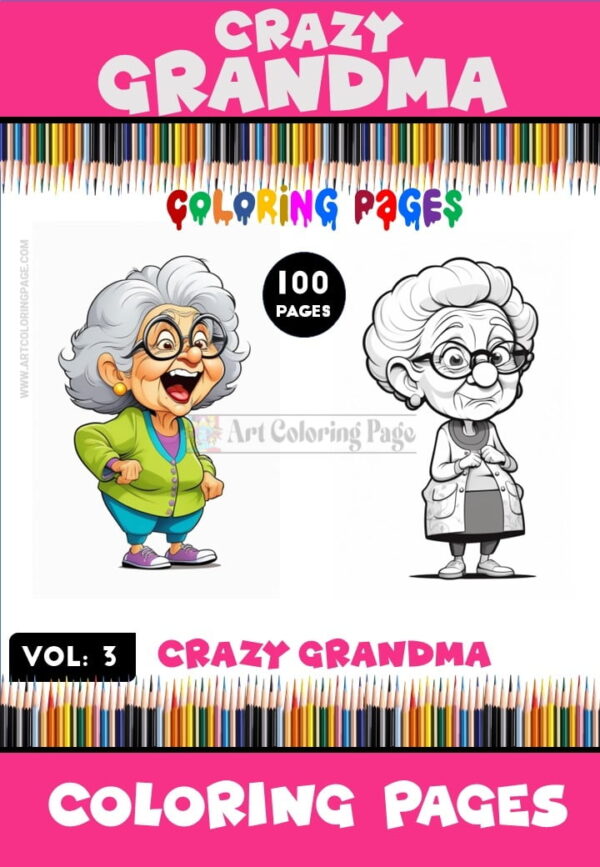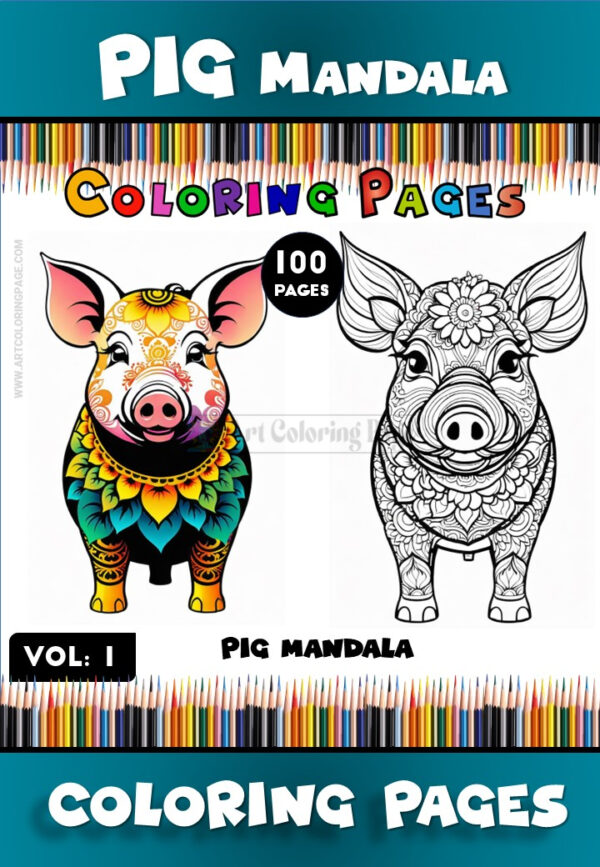Blogs coloring page
Educator’s Guide: Choosing Effective Coloring Pages to Print for Grandma
The resurgence of coloring as a beloved activity for adults has highlighted its myriad benefits, from stress reduction to cognitive engagement. For grandmothers, coloring can be a delightful pastime, a tool for maintaining mental acuity, a bridge for intergenerational connection, and a source of creative fulfillment. An educator’s perspective on selecting coloring pages to print for grandma involves more than just picking pretty pictures; it requires a thoughtful consideration of purpose, individual needs, thematic relevance, and the potential for meaningful engagement. This guide provides educators, activity coordinators, and even family members with criteria and considerations for choosing effective coloring pages that truly resonate with and benefit grandmothers.
I. Understanding the “Grandma” Audience: Diversity, Needs, and Potential
The term “grandma” encompasses a vast diversity of individuals with unique backgrounds, interests, physical capabilities, and cognitive functions. An educator’s first step is to appreciate this diversity and avoid generalizations.
A. Recognizing Diverse Interests and Life Experiences:
Grandmothers today are active, engaged, and have a wealth of life experiences. Their interests may range from gardening, travel, literature, and art history to intricate crafts, nature, spirituality, or contemporary design. Effective coloring pages should ideally tap into these existing passions or introduce new, appealing themes.
B. Considering Physical and Cognitive Factors:
While many grandmothers are in excellent health, some may experience age-related changes that can influence their coloring experience:
- Vision: Changes in eyesight (e.g., presbyopia, cataracts, macular degeneration) might necessitate pages with thicker lines, higher contrast, and larger, less intricate spaces.
- Fine Motor Skills/Dexterity: Conditions like arthritis or tremors can affect hand dexterity. Pages with overly tiny details might be frustrating, while those with moderately sized, clear areas can be more enjoyable. Conversely, many grandmothers maintain excellent dexterity and relish detailed work.
- Cognitive Function: Coloring can be a wonderful tool for cognitive engagement, helping with focus, attention, and even memory recall (especially with nostalgic themes). The complexity should be appropriate – challenging enough to be engaging but not so complex as to cause frustration.
- Energy Levels and Attention Span: Coloring sessions might be shorter or longer depending on individual preferences and energy. Pages that can be completed in one sitting or easily picked up later are often ideal.
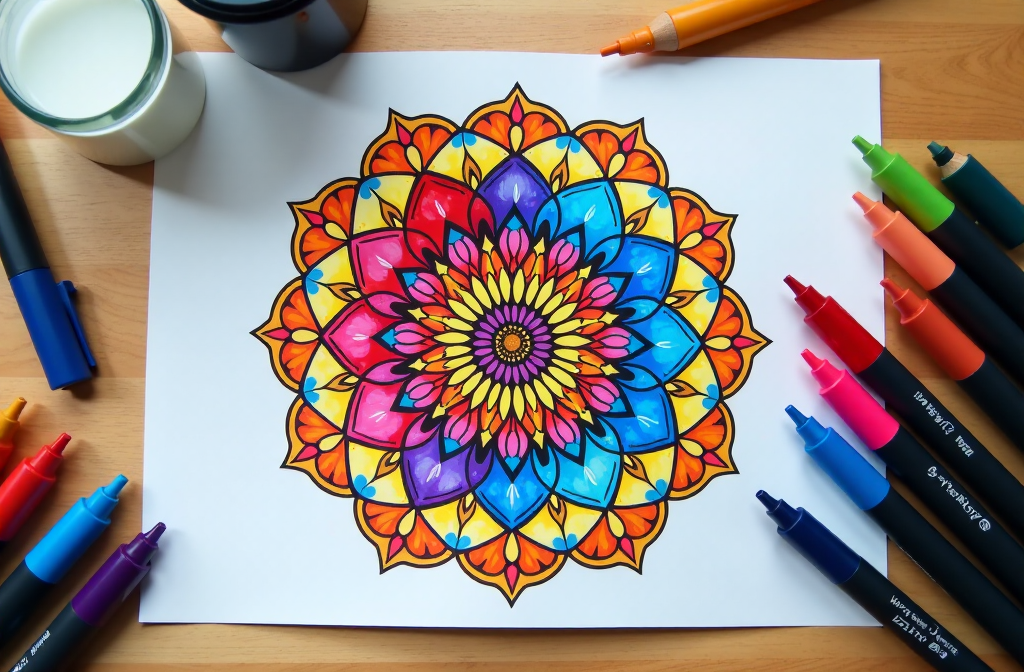
C. The Multifaceted Benefits of Coloring for Grandmothers:
An educator recognizes that coloring offers more than just a way to pass the time:
- Stress Reduction and Relaxation: The rhythmic, repetitive nature of coloring can induce a meditative state, reducing anxiety and promoting calm.
- Cognitive Stimulation: It engages areas of the brain responsible for concentration, problem-solving (color choices, spatial reasoning), and fine motor control.
- Emotional Well-being: It can provide a sense of accomplishment, boost self-esteem, and offer a non-verbal outlet for expression.
- Sensory Engagement: The visual appeal of colors and the tactile sensation of coloring can be very satisfying.
- Social Connection: Coloring can be a solitary, reflective activity or a social one, done with peers, family, or grandchildren.
- Intergenerational Bonding: Coloring pages to print for grandma become particularly special when they facilitate shared activities with grandchildren, creating memories and strengthening bonds.
II. Core Principles for Selection: An Educator’s Framework
An educator approaches the selection of materials with purpose and clear objectives. When choosing coloring pages to print for grandma, the following principles should guide the process:
A. Purpose-Driven Selection:
- What is the primary goal? Is it for relaxation and stress relief? Cognitive exercise? A social activity? An intergenerational bonding experience? The purpose will heavily influence the type of page selected. For instance, intricate mandalas suit mindfulness, while simpler, themed pages might be better for coloring with young grandchildren.
B. Individualization and Person-Centered Choice:
- Cater to the individual. Whenever possible, involve the grandmother in the selection process or choose pages based on her known preferences, hobbies, and abilities. What does she find beautiful, interesting, or engaging?
C. Accessibility and Usability:
- Ensure the pages are user-friendly. This encompasses visual clarity, appropriate complexity, and ease of printing and handling. The activity should empower, not frustrate.
D. Engagement and Intrinsic Motivation:
- Select themes that spark interest. A page featuring a beloved flower, a nostalgic scene, or an elegant pattern is more likely to be completed and enjoyed than something generic or irrelevant.
E. Therapeutic and Developmental Potential:
- Consider the holistic benefits. How can the coloring experience contribute to overall well-being, whether through cognitive stimulation, emotional expression, or fostering social connections?
III. Key Criteria for Effective coloring pages to print for grandma
Applying the above principles, educators and families can use the following specific criteria to evaluate and select coloring pages to print:
A. Visual Clarity and Design Aesthetics:
- Line Thickness and Contrast:
- For individuals with visual impairments, bold, clear, and well-defined lines are crucial. High contrast between lines and the paper background is also beneficial.
- Avoid pages with very faint or broken lines.
- Complexity of Design:
- Varied Options: Offer a spectrum. Some grandmothers will relish highly intricate designs (e.g., detailed mandalas, complex floral patterns), finding them meditative and challenging in a positive way.
- Simplified Options: Others may prefer pages with larger spaces, fewer tiny details, and clearer distinctions between elements, especially if dealing with vision or dexterity challenges.
- Avoid Childish Designs (Unless for Intergenerational Use): While some whimsical designs are universally appealing, overtly cartoonish or “kiddie” pages may not be suitable for an adult’s personal enjoyment unless specifically chosen for coloring with young children.
- Overall Aesthetic Appeal: The designs should be aesthetically pleasing to an adult eye – elegant, sophisticated, charming, or beautifully illustrative.
B. Thematic Relevance and Engagement:
This is where personalization truly shines. Consider themes that resonate with a grandmother’s life stage, interests, and memories:
- Nature and Botanicals: Flowers (roses, lilies, daisies, wildflowers), birds, butterflies, garden scenes, landscapes, trees, and seascapes are often universally loved and calming.
- Patterns and Mandalas: Geometric patterns, paisleys, zentangle-inspired designs, and mandalas are excellent for promoting mindfulness, focus, and relaxation. Their repetitive nature can be very soothing.
- Nostalgic and Vintage Themes: Images depicting vintage fashion, classic cars, old-fashioned household items, historical scenes, or retro patterns can evoke fond memories and spark conversation.
- Hobbies and Interests: Pages related to specific hobbies like gardening (tools, seed packets, vegetable arrangements), baking/cooking (kitchen scenes, recipes, cakes), reading (books, libraries), travel (landmarks, maps), music (instruments, notes), or crafts (knitting, sewing).
- Seasonal and Holiday Themes: These are wonderful for marking the passage of time and for shared enjoyment, especially if grandchildren are involved. Ensure the style is appropriate for adults.
- Inspirational Quotes and Affirmations: Pages that combine artistic designs with uplifting quotes or positive affirmations can be both creatively engaging and emotionally supportive.
- Abstract Designs: Non-representational art can offer freedom of color choice without the pressure of “correctness.”
- Intergenerational Pages:
- Complementary Sets: Two separate pages on a similar theme, one simpler for a child and one more complex for an adult.
- Shared Pages: Larger pages with distinct areas of varying complexity, allowing a grandmother and grandchild to color side-by-side on the same artwork.
C. Cognitive and Therapeutic Considerations:
- Mindfulness and Focus: Repetitive patterns, such as those found in mandalas or zentangles, are particularly good for promoting a state of flow and mindfulness.
- Reminiscence and Storytelling: Nostalgic themes can act as powerful memory triggers, leading to valuable reminiscence and storytelling, which is beneficial for cognitive health and emotional connection.
- Sense of Accomplishment: Choose pages that can be realistically completed, providing a sense of achievement. For some, this might mean simpler designs; for others, the challenge of a complex page is part of the reward.
- Emotional Resonance: Select themes that are likely to evoke positive emotions. Avoid imagery that could be distressing or bring up negative associations.
D. Practical Aspects: Print Quality and Format:
- Resolution: Ensure the digital files are high-resolution so that printed pages have crisp, clear lines, not pixelated or blurry ones.
- Single-Sided Printing: If using markers or heavier coloring tools, printing on one side of the paper is essential to prevent bleed-through.
- Paper Choice: While standard printer paper is acceptable, using slightly thicker paper (e.g., cardstock or art-quality paper) can enhance the coloring experience, especially with markers or colored pencils that allow for blending.
- Page Size and Orientation: Consider what is most comfortable to work with. Standard letter/A4 size is common.
IV. The Educator’s Role: Facilitation, Advice, and Creating a Supportive Environment
An educator’s role extends beyond mere selection. It involves fostering an environment where coloring is a positive and enriching experience.
A. Guiding Selection in Various Settings:
- Senior Centers/Community Programs: Educators or activity coordinators can curate a diverse library of coloring pages to print for grandma, categorized by theme and complexity. They can introduce new themes regularly and solicit feedback.
- Advising Families: Educators can provide families with these guidelines to help them choose appropriate and engaging pages for their grandmothers, especially for intergenerational activities. They can emphasize the importance of choice and respecting individual preferences.
B. Recommending Appropriate Tools:
The right tools can make a significant difference:
- Colored Pencils: Offer good control and are excellent for blending and detailed work. Softer cores are often easier on the hands.
- Markers: Provide vibrant colors. Fine-tip markers are good for details, while brush-tip markers can cover larger areas. Ensure they are non-toxic. Water-based markers are less likely to bleed through than alcohol-based ones.
- Gel Pens: Can add sparkle and fine details, often enjoyed for intricate patterns.
- Crayons: While sometimes associated with children, high-quality crayons can be enjoyable, especially for those who prefer their texture or for coloring with young grandchildren.
- Ergonomic Aids: For grandmothers with arthritis or limited grip strength, pencil grips or larger-barrelled coloring tools can improve comfort and control.
C. Fostering a Positive and Non-Judgmental Atmosphere:
- Emphasize Process Over Product: The primary goal is enjoyment and engagement, not creating a masterpiece (unless that is the individual’s personal goal).
- Encourage Self-Expression: There are no “wrong” colors. Coloring is a personal expression.
- Create Opportunities for Sharing (Optional): Some may enjoy sharing their finished work, while others prefer to keep it private. Offer a gentle, no-pressure way to display or discuss colored pages if desired.
V. Beyond the Page: Extending the Value of Coloring
The experience doesn’t have to end when the coloring is done. Educators can suggest ways to extend its value:
- Conversation Starters: Use completed pages, especially those with nostalgic or thematic content, to spark conversations and share memories.
- Personalized Gifts: Colored pages can be framed, turned into greeting cards, bookmarks, or used to decorate gift tags, adding a personal touch.
- Collaborative Projects: In a group setting, individual colored elements can be combined into a larger mural or themed display.
- Pairing with Other Activities: Combine coloring with listening to music from a particular era, reading poetry, or enjoying a themed snack.
VI. Conclusion: Coloring with Heart and Purpose for Grandma
Selecting effective coloring pages to print for grandma is an act of care and thoughtful consideration. By adopting an educator’s mindset – focusing on individual needs, clear purpose, engaging themes, and overall well-being – we can transform this simple activity into a rich and rewarding experience. Whether for solitary relaxation, cognitive engagement, or joyful intergenerational bonding, purposefully chosen coloring pages can bring immense pleasure, foster creativity, and enhance the quality of life for grandmothers. It’s about providing not just an activity, but an opportunity for expression, connection, and the quiet joy found in bringing color to a waiting page.
